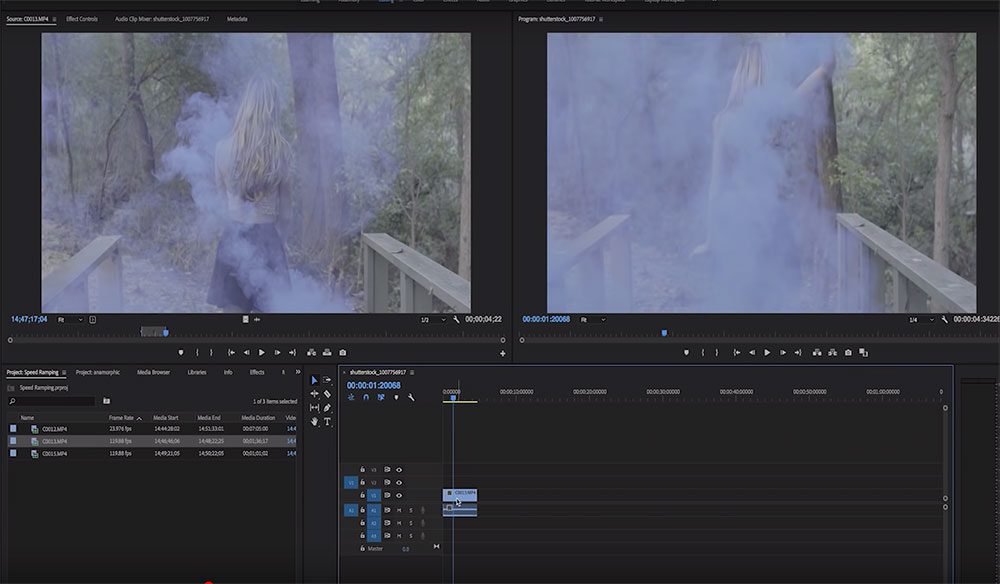Game animation is a popular career choice and requires an understanding of the animation pipeline. The pipeline includes pre-production, production, and post-production stages. To master game animation, one must understand animation principles, master software, communicate effectively with team members, use keyframes, and watch reference videos. Techniques such as layering, motion capture, and rigging can also aid in creating complex animations. With dedication and hard work, understanding the animation pipeline, combined with these tips and techniques can create stunning game animations that captivate players and bring games to life.
Mastering Game Animation: Tips and Techniques from the Pros
If you are looking to become a game animator, then you’ve come to the right place! Animating games is a hugely popular career choice, with many talented individuals competing for positions in the gaming world.
The Animation Pipeline
The first step to mastering game animation is to understand the animation pipeline. The pipeline involves several stages such as pre-production, production, and post-production. Each stage has its own unique set of tasks that must be completed before the animation can be finalized.
Pre-Production
Pre-production involves the conceptualization of the animation itself. This includes creating storyboards, character designs, and level designs. Once these designs are completed, the animator can move on to the production phase.
Production
In the production phase, the actual animation is created. This is where the animator will take the designs and begin animating them. During this phase, the animator will use software such as Maya or 3ds Max to create the animation frames.
Post-Production
Once production is complete, the animation enters post-production. This phase involves editing the animation and adding special effects. This is also where the sound effects, music, and voiceover work are added.
Mastering the Art of Game Animation
Now that you understand the animation pipeline, let’s dive into some tips and techniques to help you master game animation.
Tip 1: Reference Videos
One of the best ways to improve your game animation skills is to watch reference videos. Reference videos are videos of real-life people or animals moving, which you can use to better understand how to create realistic movements in your animations.
Tip 2: Focus on the Principles of Animation
As an animator, it is important to understand the principles of animation. These principles include squash and stretch, timing, anticipation, staging, and more. Understanding these principles will help you create more lifelike and dynamic animations.
Tip 3: Master Your Software
To be a successful game animator, you must master the animation software that you are using. Take the time to learn all of the features and functions of your software to ensure that you are creating the best animations possible.
Tip 4: Use Keyframes
Keyframes are essential to game animation. They allow you to create the poses and movements that the character will make at specific points in the animation. Using keyframes effectively can help you create smooth and fluid animations.
Tip 5: Communicate with Other Team Members
Game animation is a collaborative process, and it is essential that you communicate effectively with other members of your team. This includes designers, programmers, and other animators. Effective communication can help ensure that everyone is working towards the same goal and that the final product is of the highest quality.
Technique 1: Layering
Layering is a useful technique for creating complex animations. It involves creating multiple layers of animations that interact with each other to create a more lifelike movement.
Technique 2: Motion Capture
Motion capture is a technique that involves recording the movements of real-life actors or animals and using that data to create animations. This technique can be a great way to create realistic animations quickly and efficiently.
Technique 3: Rigging
Rigging is the process of creating a skeleton for your character that you can use to animate them. A well-rigged character can make the animation process much smoother and more efficient.
Conclusion
Becoming a game animator requires dedication and hard work, but if you follow these tips and techniques, you can master the art of game animation. Remember to focus on the animation pipeline, understand the principles of animation, master your software, and communicate effectively with other team members. By combining these elements, you can create stunning game animations that will captivate players and bring your games to life.
